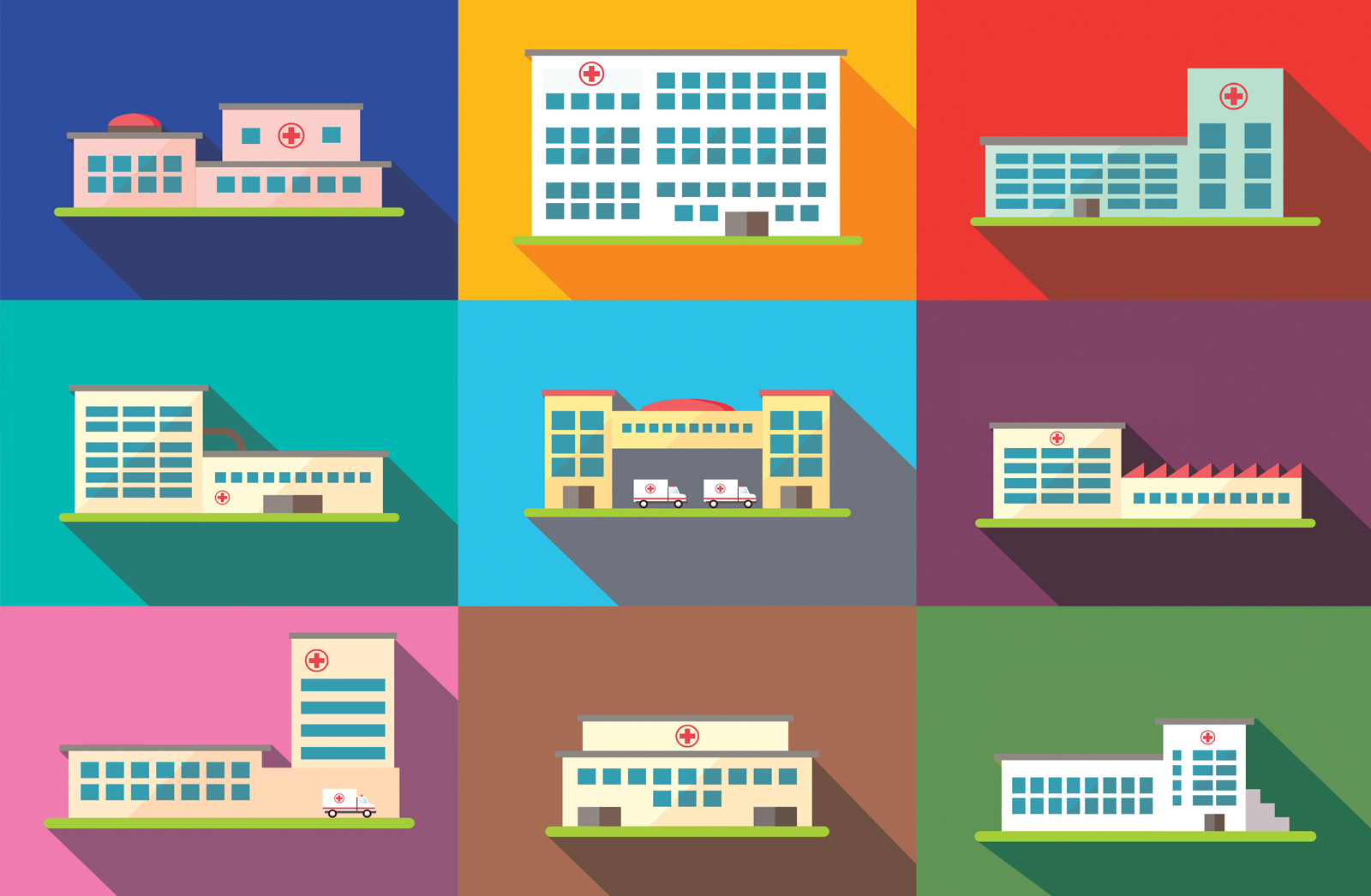Our country’s healthcare is deteriorating. Independent non-profit hospitals are the key to reducing wait times.
Wait times in the country’s emergency rooms have been going up. And waits for specialist treatment are also awfully long.
Last year, one in two Canadian patients waited over six months between referral from their general practitioner and actually getting their treatment from a specialist.
Access to a family doctor isn’t getting any easier, either. Currently, over 6.5 million of us don’t have access to one. That’s roughly one in six people living in Canada.
The fact is, our healthcare systems are struggling to provide us with the medically required care Canadians need and deserve.
It doesn’t have to be this way
When we look at other countries with universal systems, many perform better than Canada in terms of access and health outcomes.
In an oft-cited ranking of health systems from the Commonwealth Fund, we rank 10th out of 11, ahead of only the United States. European nations, where universal access is guaranteed, just as it is here, rank higher than us. France is eighth, Germany is fifth, and the Netherlands is second.
One thing these systems all have in common is that they’ve allowed private, non-profit hospitals to operate as part of the national health system.
In France, these account for 14 percent of hospital beds nationwide. In Germany, it’s 28 percent. In the Netherlands, every single hospital bed is in an independently run non-profit facility. A good part of their success is due to the relative autonomy these hospitals enjoy in carrying out their day-to-day operations.
Unlike in Canada, where things like procurement and collective bargaining are typically determined at the provincial level, independent non-profit hospitals are empowered to make those decisions locally based on their own assessments of their needs.
This brings decision-making closer to the frontline staff who deal directly with patients, better reflecting the reality on the ground.
After all, who is better positioned to know whether or not a regional hospital needs a new imaging machine? Is it frontline staff and local administrators, or provincial health bureaucrats far off in the capital? Or, for that matter, politicians on the campaign trail?
The latter question might seem preposterous if it were not for the fact that elections have been fought over similar promises in recent memory. Right before the 2021 election campaign began, Newfoundland and Labrador’s Liberals made a splash by promising to purchase a $2-million PET scanner for Corner Brook, despite the health minister insisting just a week earlier that such a machine would be of little use.
European model
By decentralizing political control over healthcare facilities, European countries have allowed independent non-profit hospitals to allocate their funding more effectively to the areas of care with the most urgent needs rather than those offering good public relations opportunities.
Another part of their success is linked to how these hospitals are financed, as different funding methods tend to promote different administrative behaviours.
In Canada, hospitals are primarily funded through what is called block funding. Under this system, every patient is viewed as a cost to the hospital, which is then incentivized to ration care by creating long wait times.
Essentially, each year, the health department assesses how much funding a hospital will need based on the previous year’s activity levels. Once the hospital receives this funding, it must manage the budget carefully throughout the year to ensure it doesn’t run out before the next big cheque arrives.
In European healthcare systems, hospitals are primarily funded through an activity-based funding model, whereby a hospital receives money from the government for every medical act performed.
Since every act of care is linked to a direct source of revenue, hospitals are motivated to treat more patients to increase their funding. This system fosters healthy competition between neighbouring hospitals as they strive to attract patients by offering timely, high-quality care.
Empowering the frontline
Rather than allowing politicians and bureaucrats to micromanage healthcare facilities from distant offices in our provincial capitals, we should empower frontline staff by giving them greater local control over our healthcare facilities.
Allowing independently run non-profit hospitals to play a role in our universal system would achieve just that.
Emmanuelle B. Faubert is an Economist with the Montreal Economic Institute.














